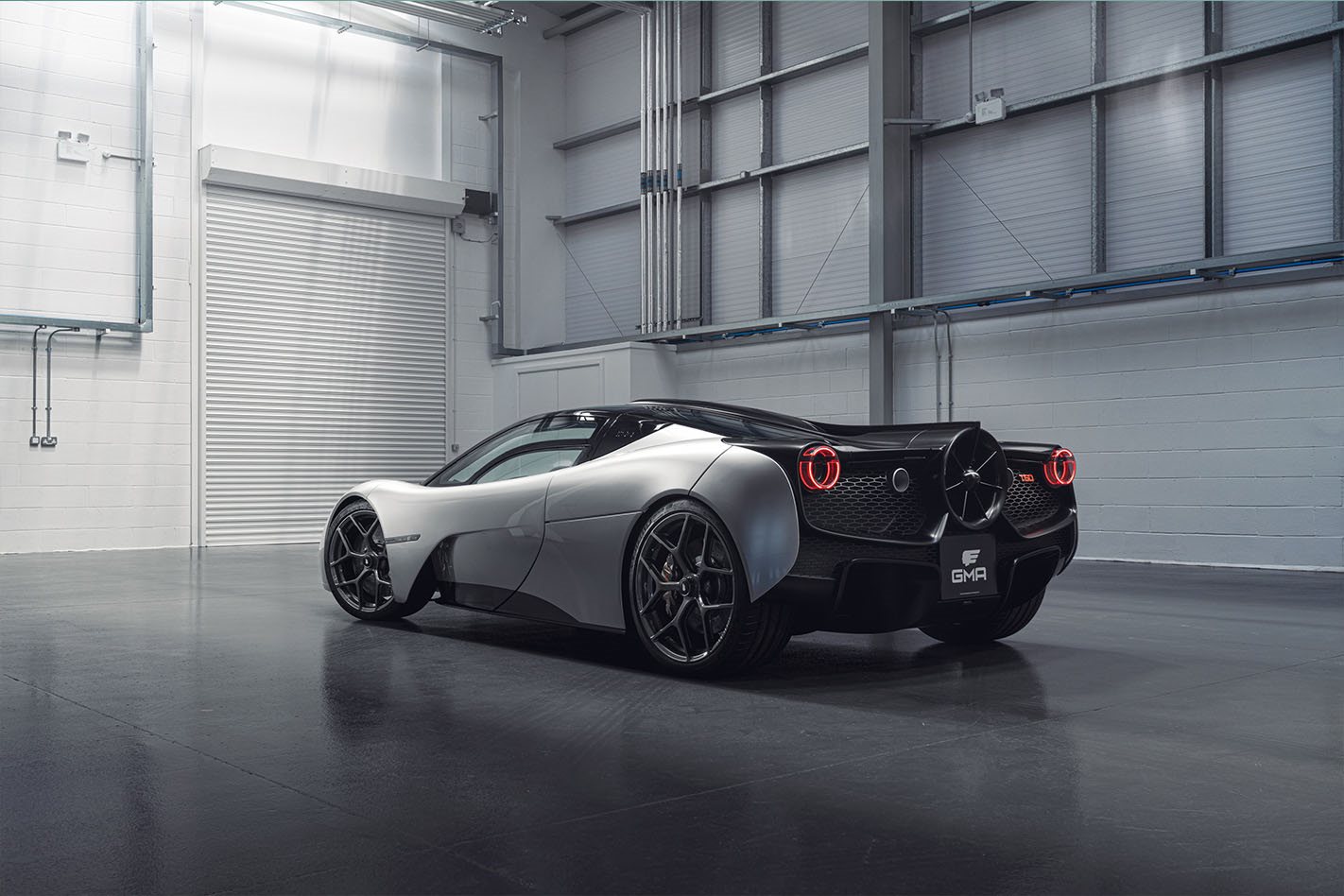You may have noticed some high profile omissions from our list of the 100 greatest supercars of all time, notably the upcoming Mercedes-AMG One, Aston Martin Valkyrie, Lotus Evija and Gordon Murray Engineering T50.
We can’t rank cars we haven’t driven yet! Of course, though, all of these cars have the potential to top a future hottest 100 supercars list, if they are as exciting to drive as they promise to be.
We’ll start with the Gordon Murray Engineering T50, effectively the spiritual successor to the mighty McLaren F1. The T50 will be powered by a 4.0-litre atmo V12 revving to 12,100rpm.
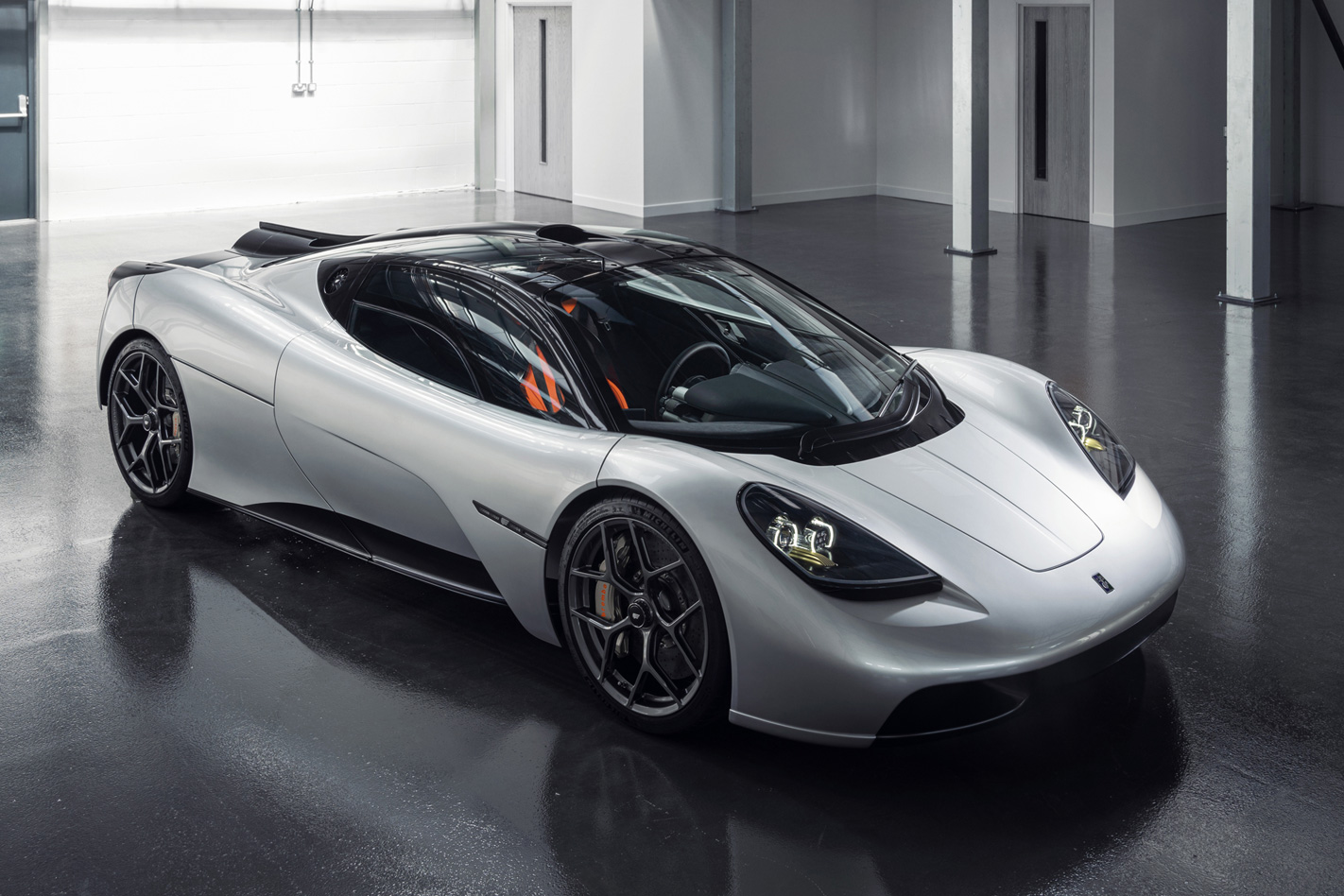
Outputs of 488kW/467Nm are to be sent via a six-speed manual (!) to the rear wheels, aft of which a large electrically driven fan enhances downforce and reduces drag.
Not much larger than a Porsche Cayman, the T50 is a three-seater, like the F1, and extraordinarily comes in at just 986kg with all fluids. Murray promises the T50 will be the ‘greatest driver’s car ever’. Just 100 are to be built, $4.3m each, with first deliveries expected in 2022.
While the T50 is getting our jollies up for the way it might drive, it’s the AMG One and Aston Valkyrie that are sort of frightening us for just how fast they might be.
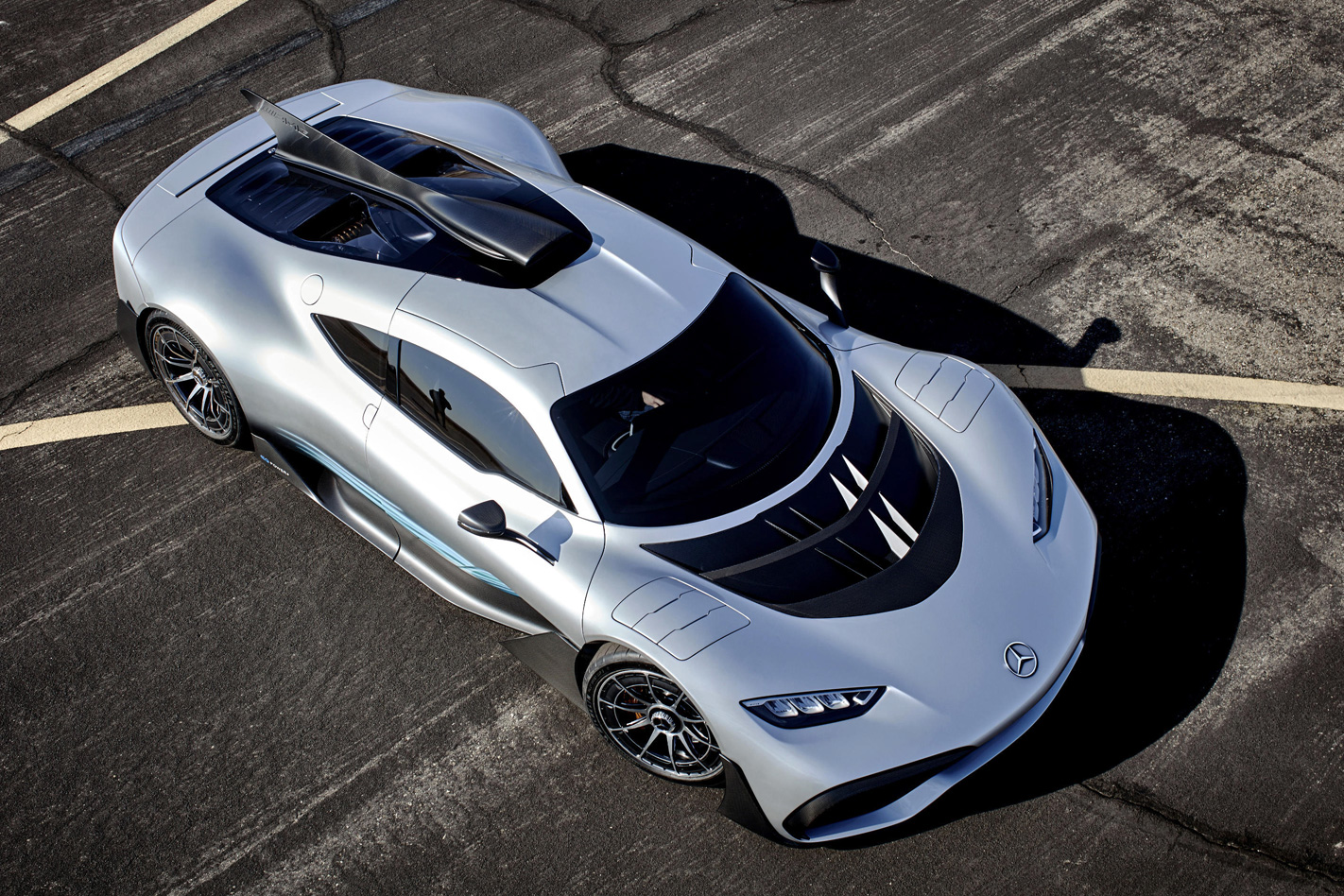
AMG’s One will be the closest thing to a Formula One car for the road. Using a road-adapted version of the 1.6-litre turbo V6 found in Mercedes’ grand prix racers, the One also uses three electric motors for a combined output of “more than 735kW”.
It will also have a full electric mode with around 25km range. On a track, even on road tyres performance will eclipse most race cars.
At $5m, eight of the 275 planned Ones are expected to be purchased by Aussies, even if they can’t be registered locally because they’ll be built in left-hand drive only. Some owners may keep their cars overseas.
First deliveries of the Aston Martin Valkyrie are expected before the end of 2021. The work of famed grand prix designer Adrian Newey, the Valkyrie also promises F1-inspired performance for the road, “cornering and braking as aggressively as Red Bull Racing’s dominant RB6 (2010) race car”.
Weighing less than 1100kg it uses a 6.5-litre Cosworth V12 revving to 10,500rpm and producing 865kW in conjunction with a hybrid powertrain. Only 150 are in the pipeline.
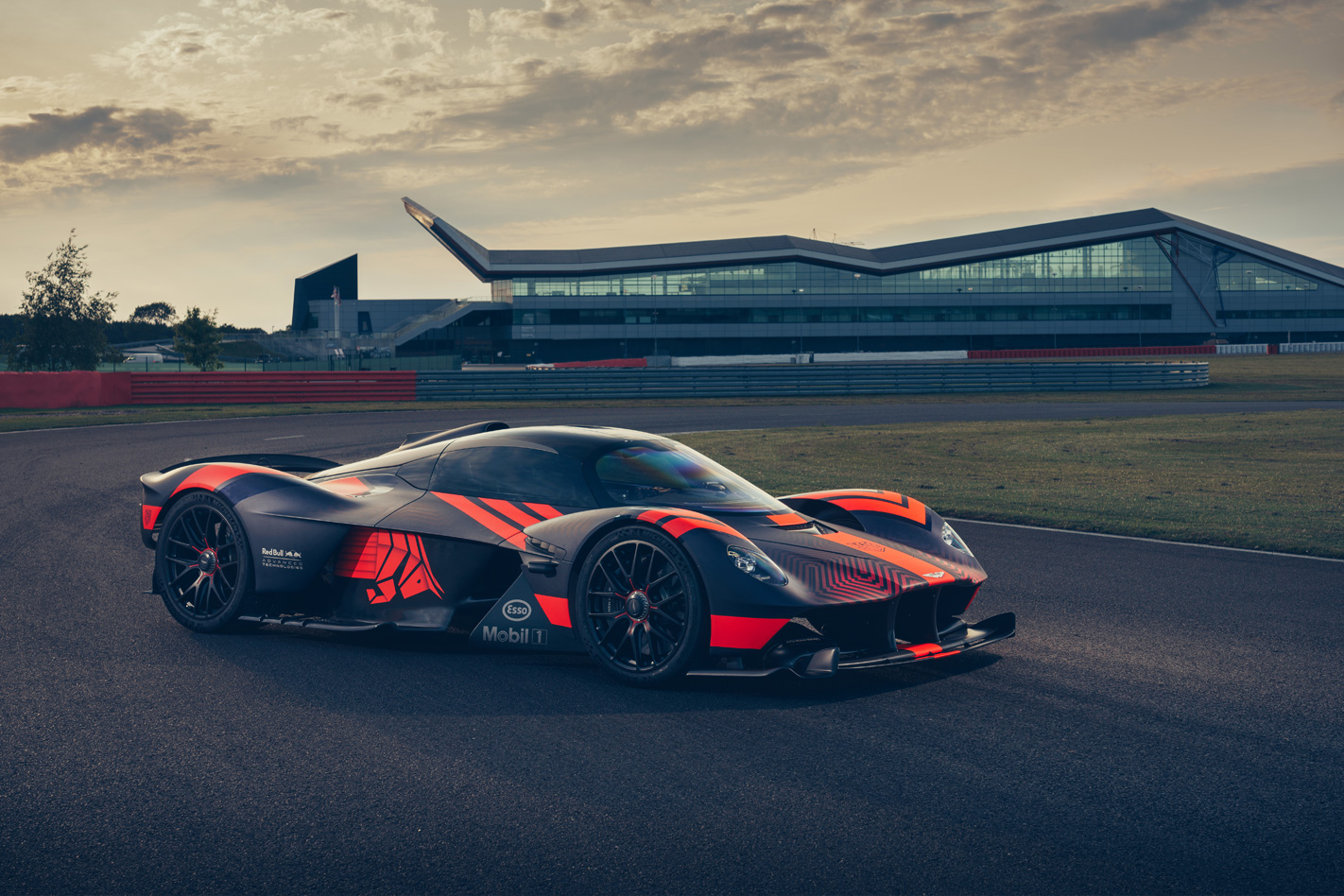
Porsche is said to be considering a new hypercar using a 1.6-litre turbo V6 originally intended for an F1 team of its own, canned after VW’s dieselgate scandal.
CEO Oliver Blume has said Porsche has not yet decided whether a new hypercar would be hybridised or electric.
Lotus has made up its mind for its first hypercar, however, with the all-electric Evija, set to become the world’s most powerful production car, producing 1470kW/1700Nm.
Weighing a respectable 1680kg, and using four motors for all-wheel drive, the sprint from 0-100km/h is claimed to take less than 3.0sec. Lotus has said “three to five” people in Oz had expressed interest in the $3m-plus hypercar.
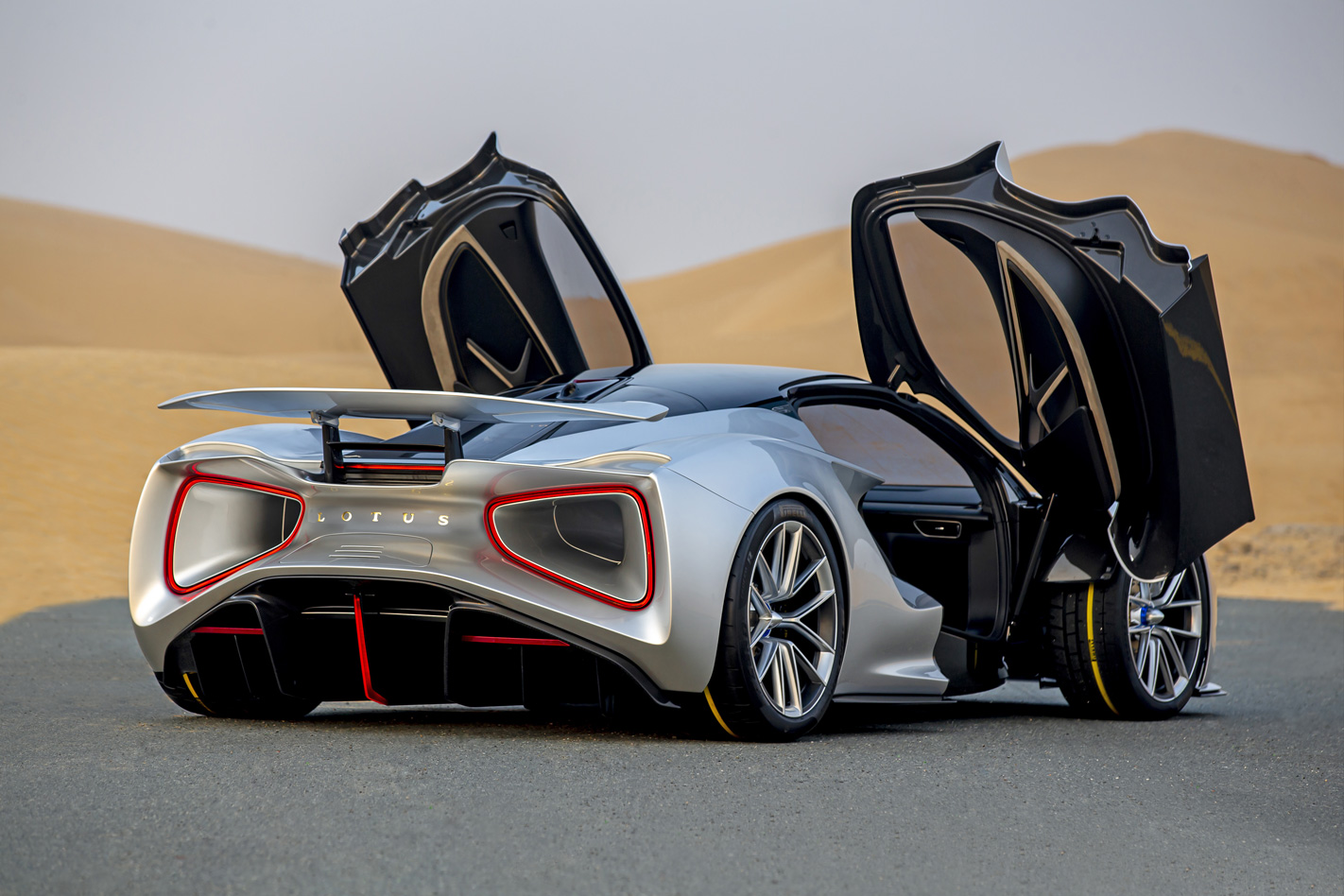
Lotus won’t go unchallenged, either, if Croatian firm Rimac has its way. Its all-electric C_Two previews its first production car.
The C_Two uses four electric motors, like the Evija, to produce a lazy 1408kW/2300Nm, 0-100km/h set to take less than two seconds, with 0-300km/h taking 11.8sec. Yes, 300.
Rimac also promises its electric cars will be fun to drive. Beyond that, it’s tricky to know what the future holds for the supercar.
As hybrid and electric become the norm, there’ll be a place for the internal combustion engine – it might just be very expensive. And if speed enforcement becomes equally more advanced, supercars that prioritise enjoyment at cost of performance might have their day in a big way.
Maybe Murray was on to something all along.


